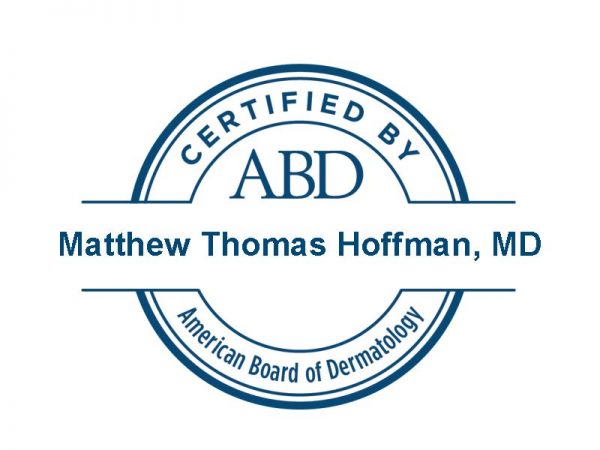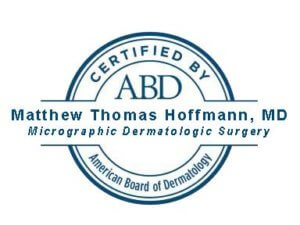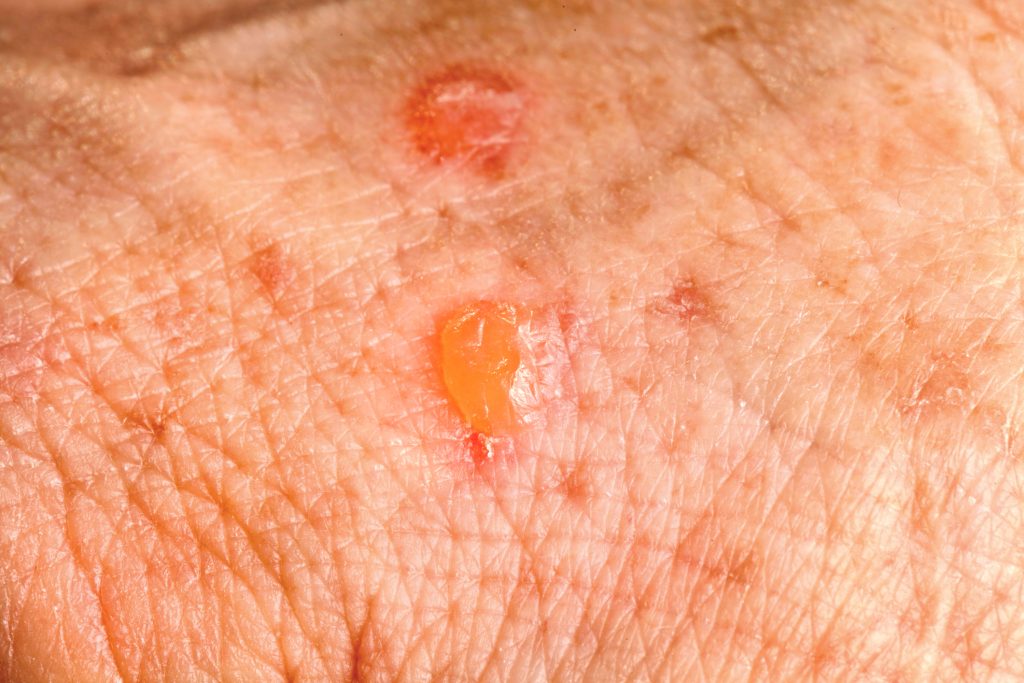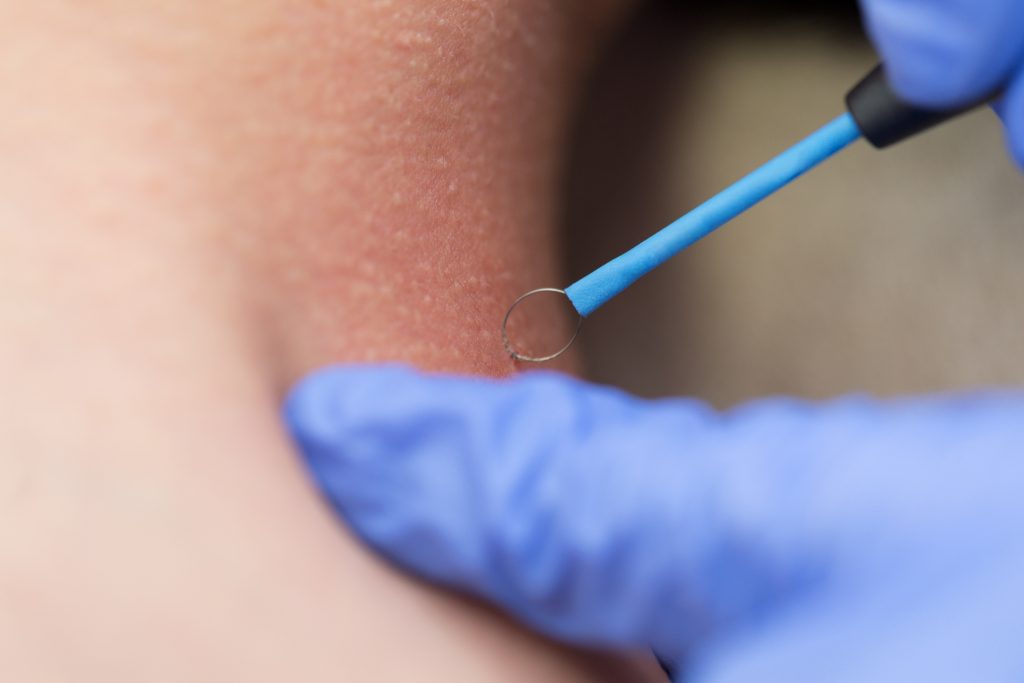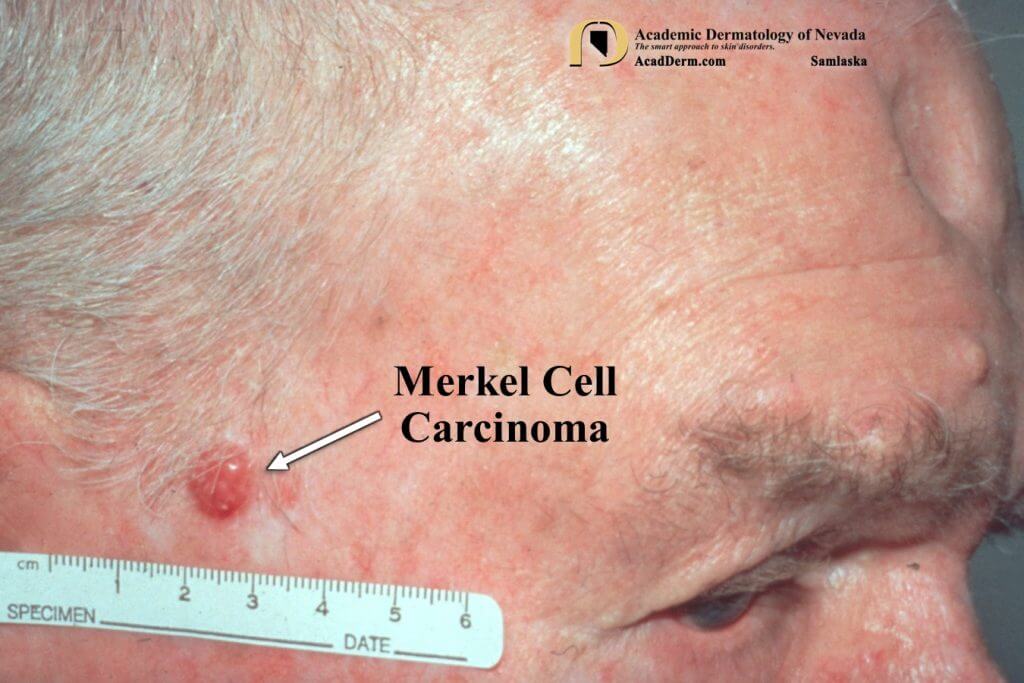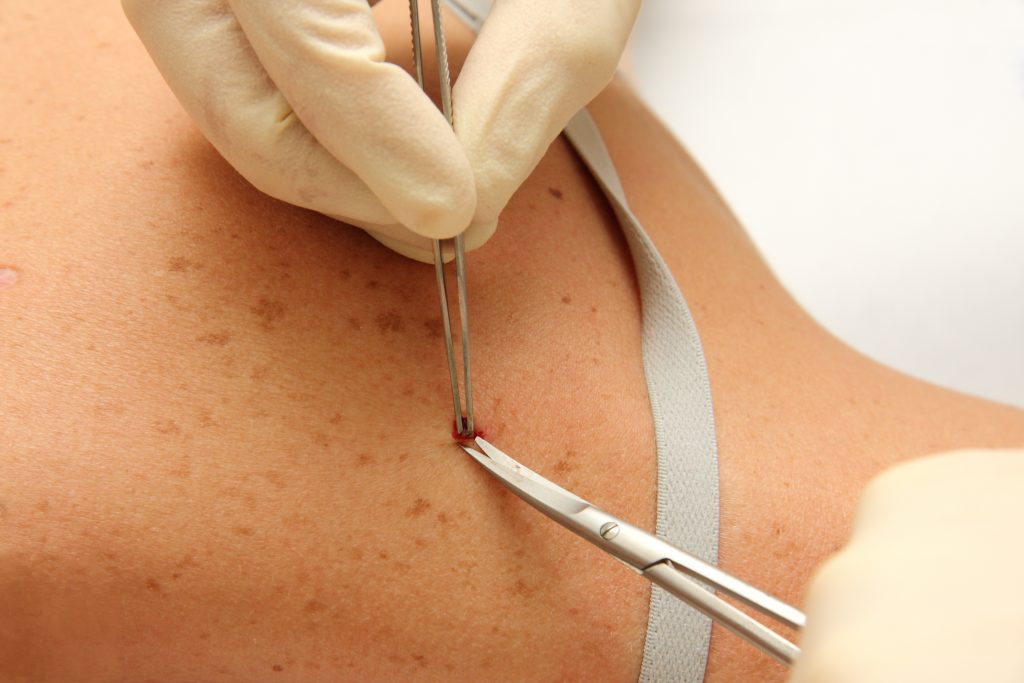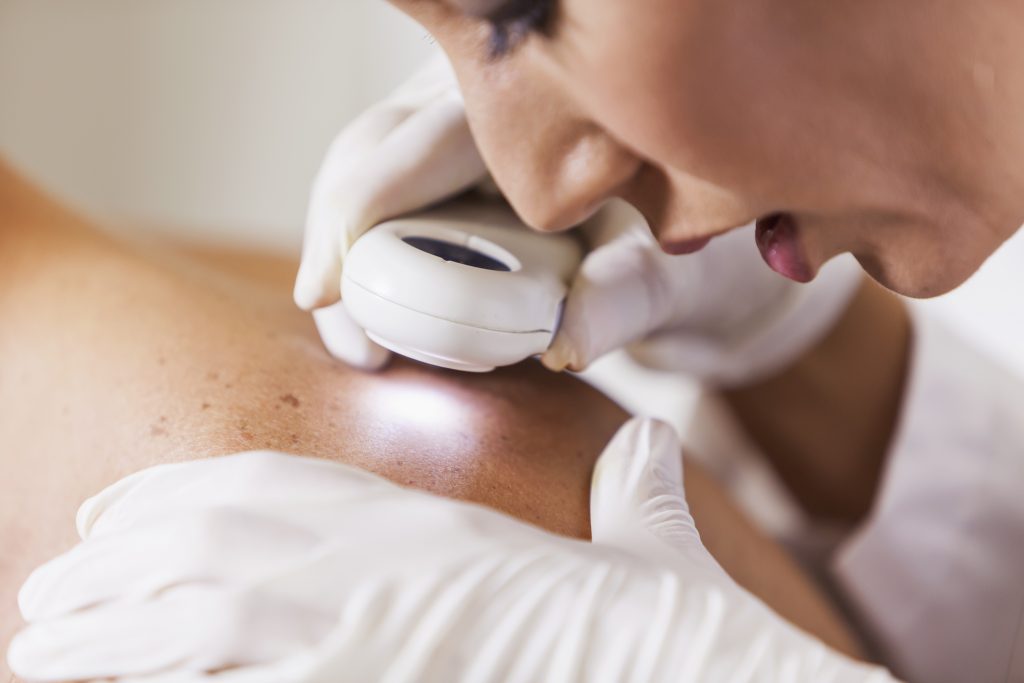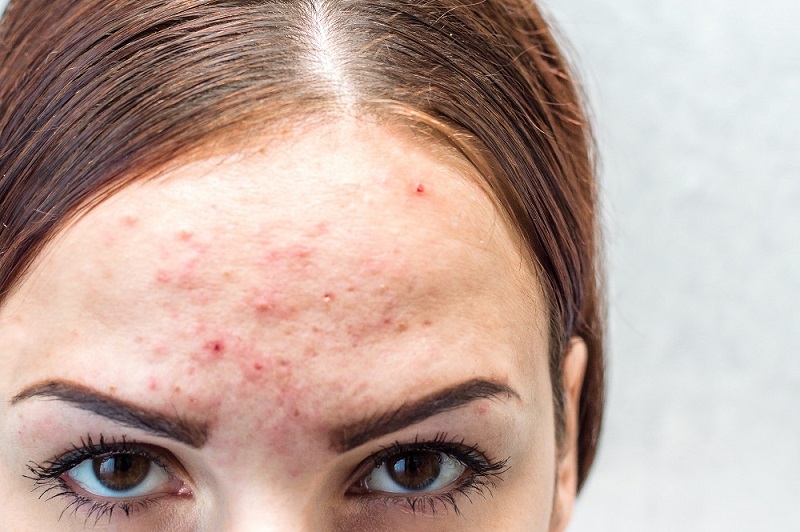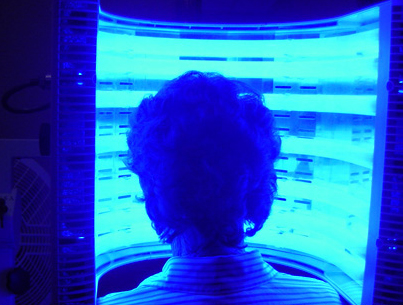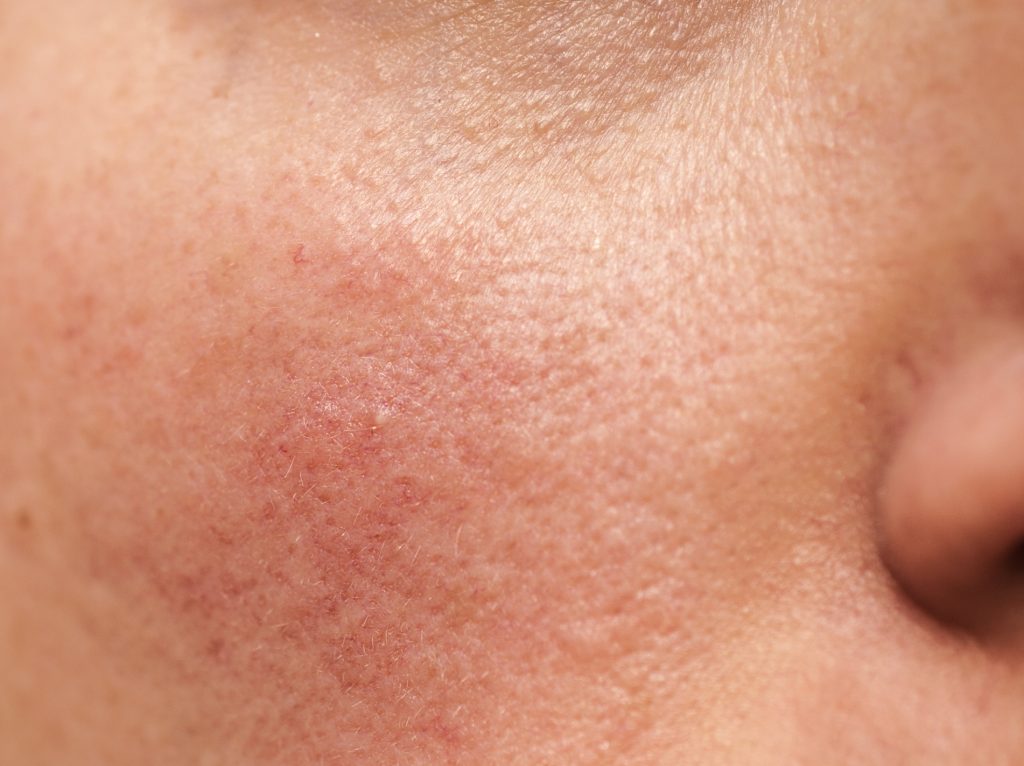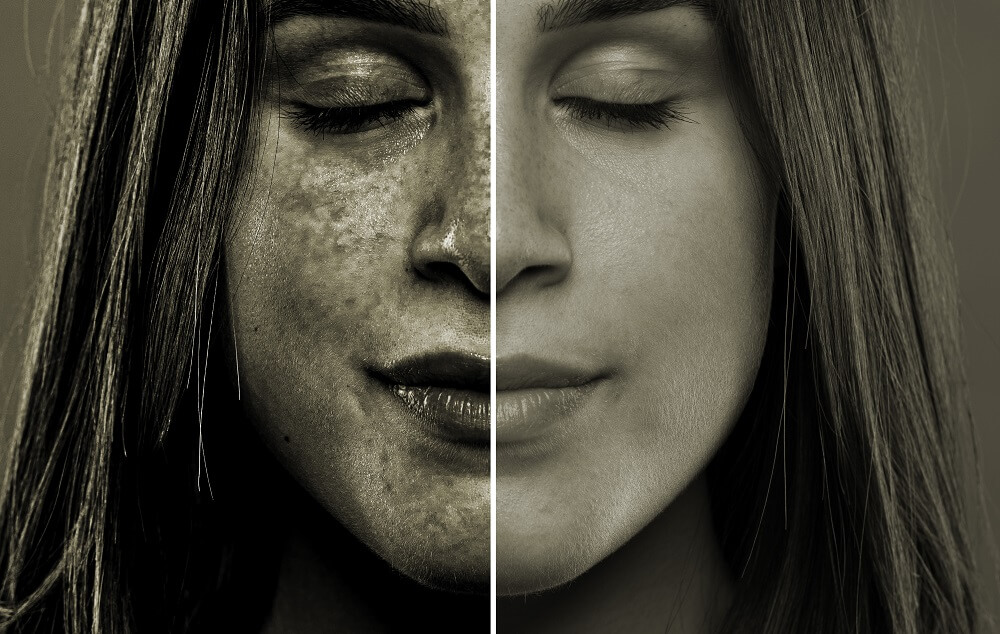Dr. Matthew Hoffmann is a Board-Certified Dermatologist and Fellowship-Trained Mohs Surgeon in Longview, TX.
Dr. Matthew Hoffman joined U.S. Dermatology Partners after completing a Mohs Surgery and Dermatologic Oncology Fellowship at Florida State University in Tallahassee. He earned his undergraduate degree in biology at Louisiana Tech University. He remained in Louisiana to attend Louisiana State University Health Sciences Center in Shreveport for his medical degree and internship. He moved to New Orleans to complete his dermatology residency at LSU. Throughout his training, Dr. Hoffmann authored and co-authored more than a dozen publications and presentations.
Dr. Matthew Hoffmann was drawn to dermatology after his father was diagnosed with and successfully treated for melanoma. He is passionate about building relationships with his patients and using advanced techniques to prevent and treat skin cancers. “Watching my dad go through the diagnosis and treatment of melanoma and getting to know the doctors who took care of him opened my eyes to the importance of dermatology and Mohs surgery,” says Dr. Matthew Hoffmann.
Dr. Matthew Hoffman specializes in the early identification and definitive treatment of skin cancers such as squamous cell carcinoma and basal cell carcinomas, as well as melanoma and other unusual cancers.
In his spare time, Dr. Hoffmann enjoys time with his family, traveling, playing golf, hunting, fishing, and practicing the French horn. He and his wife, Tara, are both from small towns, and they’re thrilled to raise their 3-year-old son in Longview.
Matthew Hoffmann treats patients at U.S. Dermatology Partners Longview, in Longview, Texas. He looks forward to meeting his patients, learning about their lives, and hearing their stories! Contact our office today to book an appointment.
Badges and Awards

Specialties and Affiliations
- American Board of Dermatology
- American Academy of Dermatology
Featured Blogs
- Super Doctors Recognizes 16 Dermatology Partners Physicians as Rising Stars in Peer-Nominated Award
- Super Doctors 2023 Recognizes 43 U.S. Dermatology Partners Physicians in Peer-Nominated Award
- Texas Monthly Super Doctors 2023 Recognizes 18 U.S. Dermatology Partners Physicians as Rising Stars in Peer-Nominated Award
- Texas Monthly Super Doctors 2022 Recognizes 14 U.S. Dermatology Partners Physicians as Rising Stars in Peer-Nominated Award
- Thirty-One U.S. Dermatology Partners Dermatologists Across Texas Received Super Doctor & Rising Star Awards
- Texas Monthly Super Doctors 2021 Recognizes 9 U.S. Dermatology Partners Physicians as Rising Stars in Peer-Nominated Award
- U.S. Dermatology Partners Relocates Longview Office to Expanded Facility


